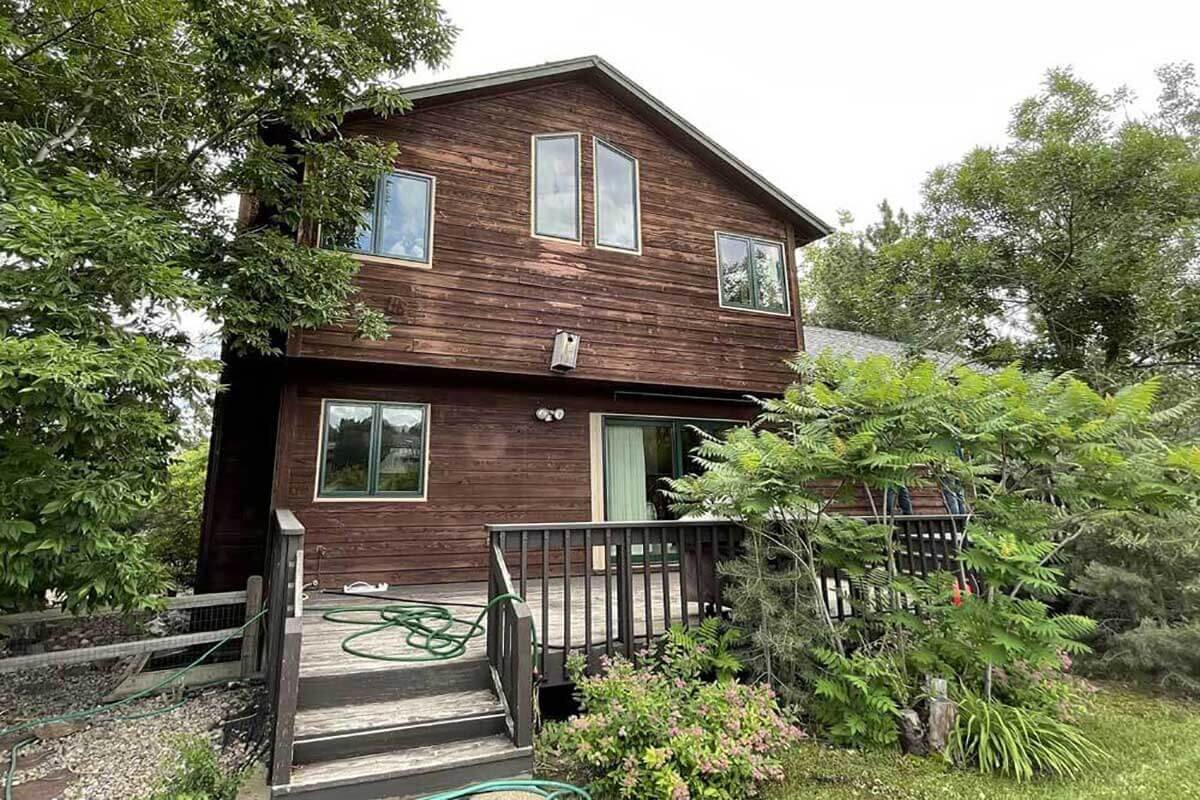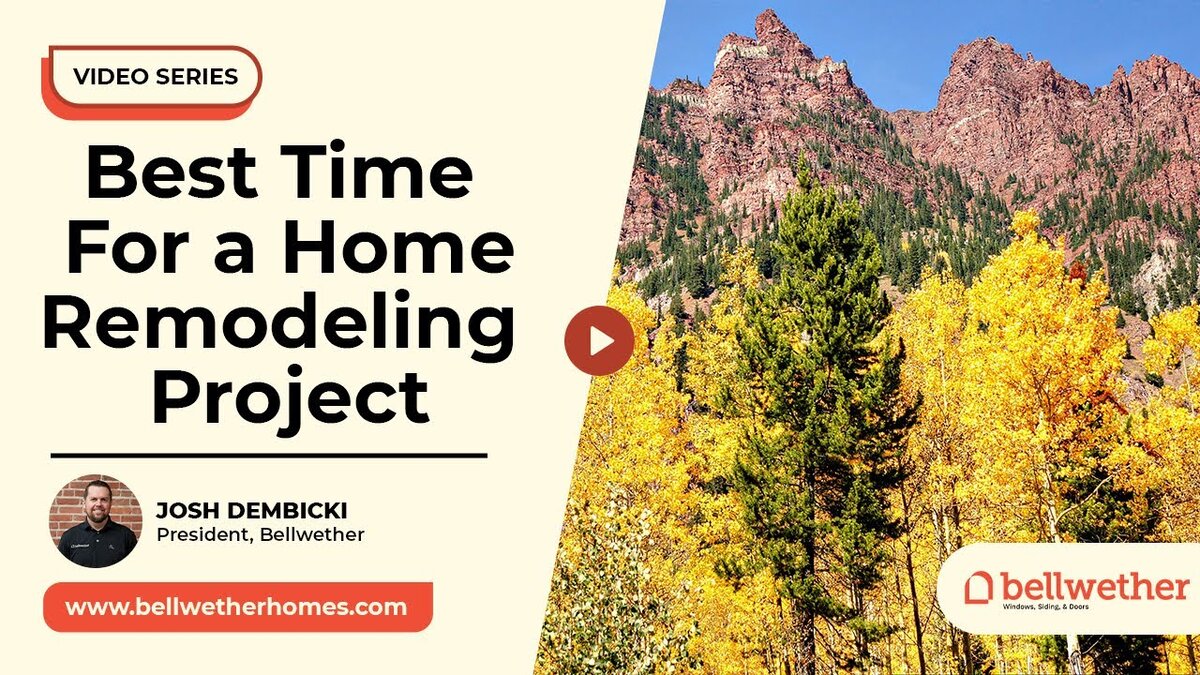When it comes to enhancing the curb appeal of your home, siding plays a crucial role. For homeowners in Colorado, the options can seem endless, with everything from traditional wood and vinyl to modern composites and engineered products. However, one option that has gained traction recently is woodtone siding. As with any home improvement option, woodtone siding has its advantages and disadvantages. In this article, we’ll delve into the pros and cons of woodtone siding for homes in Colorado.
What is Woodtone Siding?
Woodtone siding, as its name implies, gives the authentic look of wood but often without the demanding maintenance that real wood requires. Typically made from engineered wood or a composite material, it is designed to mimic the aesthetics of traditional wood siding, complete with grain patterns and a range of color choices.
Pros of Woodtone Siding for Colorado Homes
Durability Against Elements
One of the most significant advantages of woodtone siding is its durability. Colorado’s climate can be quite harsh, with heavy snowfall in the winter and strong sun exposure during the summer. This siding option is specifically engineered to withstand such conditions, resisting rot, decay, and damage from UV rays.
Aesthetically Pleasing
For those looking for the charm and warmth of wood without the maintenance, woodtone is the perfect choice. It enhances the rustic appearance many Coloradans love, making homes blend seamlessly with the state’s natural landscapes.
Cost-Effective
Compared to genuine wood siding, woodtone siding tends to be more cost-effective in both installation and maintenance. While you might pay more upfront than vinyl siding, you’ll likely spend less over the long term compared to natural wood.
Environmentally Friendly
Many woodtone siding options are made from recycled materials, making it a more sustainable choice. Plus, its longevity means reduced replacements, further minimizing its environmental impact.
Cons of Woodtone Siding for Your Colorado Abode
Not Entirely Maintenance-Free
While woodtone siding is easier to maintain than its natural wood counterpart, it’s not entirely maintenance-free. Over time, the color may fade, requiring homeowners to refinish or repaint to keep the siding looking fresh and vibrant.
Potential for Moisture Damage
In regions where there’s significant snow or rain, such as certain parts of Colorado, there’s a potential for moisture to become trapped behind the siding, leading to mold or mildew issues. Proper installation and periodic checks can help, but it’s a consideration homeowners should be aware of.
Limited Customization
Despite the variety of shades and patterns available, woodtone doesn’t offer the same level of customization as genuine wood. For homeowners with very particular aesthetic tastes, this might be seen as a drawback.
Woodtone Siding in the Colorado Context
Given Colorado’s unique climate and the trend toward rustic aesthetics, woodtone siding seems to be a fitting choice for many homeowners in the state. It strikes a balance between the traditional charm of wood and the convenience of modern materials. However, like any other home improvement option, it’s essential to weigh the pros and cons and consider your specific needs, location, and preferences.
Conclusion: Pros and Cons of Woodtone Siding
Woodtone siding offers a myriad of benefits, especially in terms of durability, aesthetics, and cost-effectiveness, making it an attractive option for Colorado homes. However, homeowners should be mindful of potential moisture-related issues and the periodic maintenance required. With careful consideration and proper care, woodtone siding can be a long-lasting and beautiful addition to any Colorado residence.
If you have questions or need further guidance, please contact us. Our team is here to guide you every step of the way.












